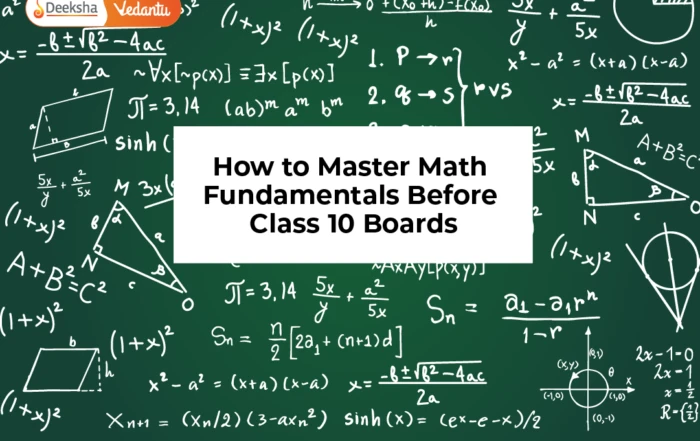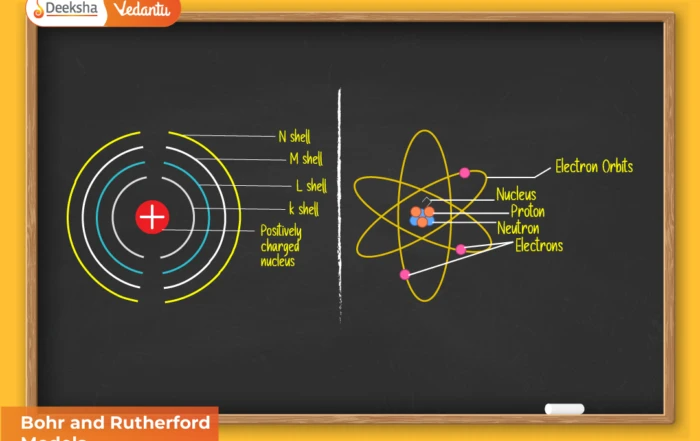
Introduction
In many real-life and exam-based problems, the order of selection does not matter. For example:
- Choosing 3 students from a class of 10 for a project team.
- Selecting 5 cards from a deck of 52.
- Choosing a committee from a group of people.
In such cases, we deal with combinations rather than permutations.
- Permutation → Arrangement (order matters).
- Combination → Selection (order does not matter).
Definition of Combinations
The number of ways of selecting r objects from n distinct objects when the order does not matter is called a combination.
It is denoted by nCr (read as “n choose r”).
Formula for Combinations
where:
- n! = factorial of n
- r = number of objects chosen
Understanding the Difference (Permutation vs Combination)
Suppose we have letters A, B, C.
- If we arrange 2 letters at a time:
- Permutations = AB, BA, AC, CA, BC, CB → 6
- If we just select 2 letters (order not important):
- Combinations = AB, AC, BC → 3
So, permutations count arrangements, combinations count selections.
Relation between them:
Properties of Combinations
- nC0 = 1 (choosing nothing = 1 way).
- nCn = 1 (choosing all = 1 way).
- nCr = nC(n-r) (symmetry property).
- Sum property:
nCr+nC(r−1)=(n+1)CrnCr + nC(r-1) = (n+1)CrnCr+nC(r−1)=(n+1)Cr
(This is the basis of Pascal’s Triangle).
Examples (Step-by-Step)
Example 1: Simple Selection
How many ways can 3 students be chosen from 10?
Solution:
n = 10, r = 3
10C3 = 10! / (3! × 7!) = (10 × 9 × 8) / 6 = 120
Example 2: Committee Selection
From 8 men and 5 women, a committee of 3 people is to be formed. In how many ways can this be done?
Solution:
Total = 13 people
Choose 3 = 13C3 = (13 × 12 × 11) / 6 = 286
Example 3: Cards Problem
How many ways can 5 cards be chosen from a deck of 52?
Solution:
52C5 = 52! / (5! × 47!) = 2,598,960
Example 4: Using Symmetry
Evaluate 12C8 without expanding factorials.
Solution:
By property: nCr = nC(n-r)
12C8 = 12C4 = (12 × 11 × 10 × 9) / 24 = 495
Example 5: Password Example
How many ways can a 4-digit pin be chosen from digits 0–9 if repetition is not allowed and order does not matter?
Solution:
Choosing 4 digits out of 10 → 10C4 = 210
Advanced Examples (Competitive Exam Level)
Example 6: Mixed Committee
From 7 men and 6 women, a committee of 5 is to be chosen such that it contains at least 3 men. Find the number of ways.
Solution:
Case 1: 3 men, 2 women → 7C3 × 6C2 = 35 × 15 = 525
Case 2: 4 men, 1 woman → 7C4 × 6C1 = 35 × 6 = 210
Case 3: 5 men, 0 women → 7C5 = 21
Total = 525 + 210 + 21 = 756
Example 7: Divisible Numbers
How many 4-digit numbers divisible by 5 can be formed using digits 0–9 without repetition, order not considered?
Solution:
We just need to select 4 digits out of 10 where the last digit is 0 or 5.
Case 1: Last digit = 0 → choose 3 from 9 → 9C3 = 84
Case 2: Last digit = 5 → choose 3 from 9 → 9C3 = 84
Total = 168
Example 8: Probability Connection
If 6 coins are tossed, what is the probability of getting exactly 4 heads?
Solution:
Total outcomes = 26 = 64
Favorable = 6C4 = 15
Probability = 15 / 64
Relation to Binomial Theorem
The coefficients in the expansion of (a + b)n are given by combinations:
(a+b)n=∑r=0nnCr⋅an−rbr(a + b)n = \sum_{r=0{n} nCr \cdot a{n-r} b^r(a+b)n=r=0∑nnCr⋅an−rbr
Thus, nCr directly links to binomial coefficients.
Marks Distribution in Exams
- Class 11 Boards: 4–6 marks (committee and card problems are common).
- JEE Main: Almost every year 1 question (4 marks) based on combinations, often linked to probability.
- KCET/COMEDK: 1–2 direct questions worth 1 mark each.
- JEE Advanced: Complex problems involving restrictions and combinations with permutations.
Common Mistakes Students Make
- Confusing with permutations → Remember, in combinations, order does not matter.
- Forgetting restrictions (like at least one boy, or last digit divisible by 5).
- Calculation mistakes with factorials in large nCr values.
- Not using symmetry property (nCr = nC(n-r)) to simplify calculations.
Practice Problems
- How many ways can 4 cards be chosen from a deck of 52?
- In how many ways can 6 people be selected from a group of 10?
- How many different committees of 4 people can be chosen from 7 men and 5 women if the committee must contain exactly 2 women?
- How many subsets of a set with 12 elements contain 5 elements?
- A bag has 12 balls. In how many ways can 3 balls be chosen?











Get Social